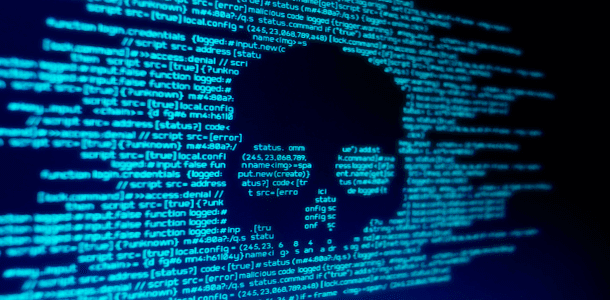If you have a computer, you’ve probably heard of malware. Although there are many different types of malware – and new variations are created constantly – we are only going to focus on the top five, along with the best ways to prevent these common attacks. We will also show you the best ways to prevent these common bugs in your computer system.
Top 5 Types of Malware
TotalProSource noted that in 2016, 357 million new variations of malware were reported. However, we’re only going to talk about the top five most common types of malware.
Viruses
Computer viruses are not totally unlike human viruses. They also have the ability to replicate and infect files and other components within the computer system. Consistent with a human virus, computer viruses need humans in order to complete computer-to-computer transmission. Viruses can be found often in fraudulent attachments on emails or web downloads.
Worms
Worms are older than viruses and date back to the beginning of systems as we know them. They spread similarly to viruses; however the one key difference is there is no need for a human to start the spread. Worms utilize the other programs and files in the computer as soon as they can.
Spyware
This is exactly what it sounds like. Spyware keeps tabs on your internet browsing, which is especially harmful when making online purchases and entering credit card information and delivery addresses. It can also take note of the logins used for different accounts, which may contain sensitive information.
Trojans
Trojans are a play on the historical Trojan Horse. This malware is hidden within a normal looking program or file and gives internal access to a hacker. The difference between Trojans and other types of malware, however, is that they cannot make copies of themselves.
Ransomware
This malware literally holds your computer’s data for ransom and requires payment. Your system will become locked and messages will demand money in return for the release of your system.

Preventing Different Types of Malware
CSO lists different kinds of programs you can try out, such as Microsoft Autoruns or Process Explorer. If you are knowledgeable about your computer system, you can attempt to solve the problem and remove the malware yourself.
Often, this method is more difficult as you may miss part of the malware or it may have already changed your data or programs. You may be better off installing a program or seeking IT help, if you feel that your system has been compromised.

Managing Your Computer System
Keeping track of updates for your computers is difficult enough without malware getting in the way. If you are being overwhelmed by malware infecting your systems, leave the data recovery process to the experts at TCI. We offer services such as antivirus protection, email security, and many others. Visit our website today to get started!
{{cta(‘dbf789fc-9095-4a8e-9635-ad2d93979a95′,’justifycenter’)}}





